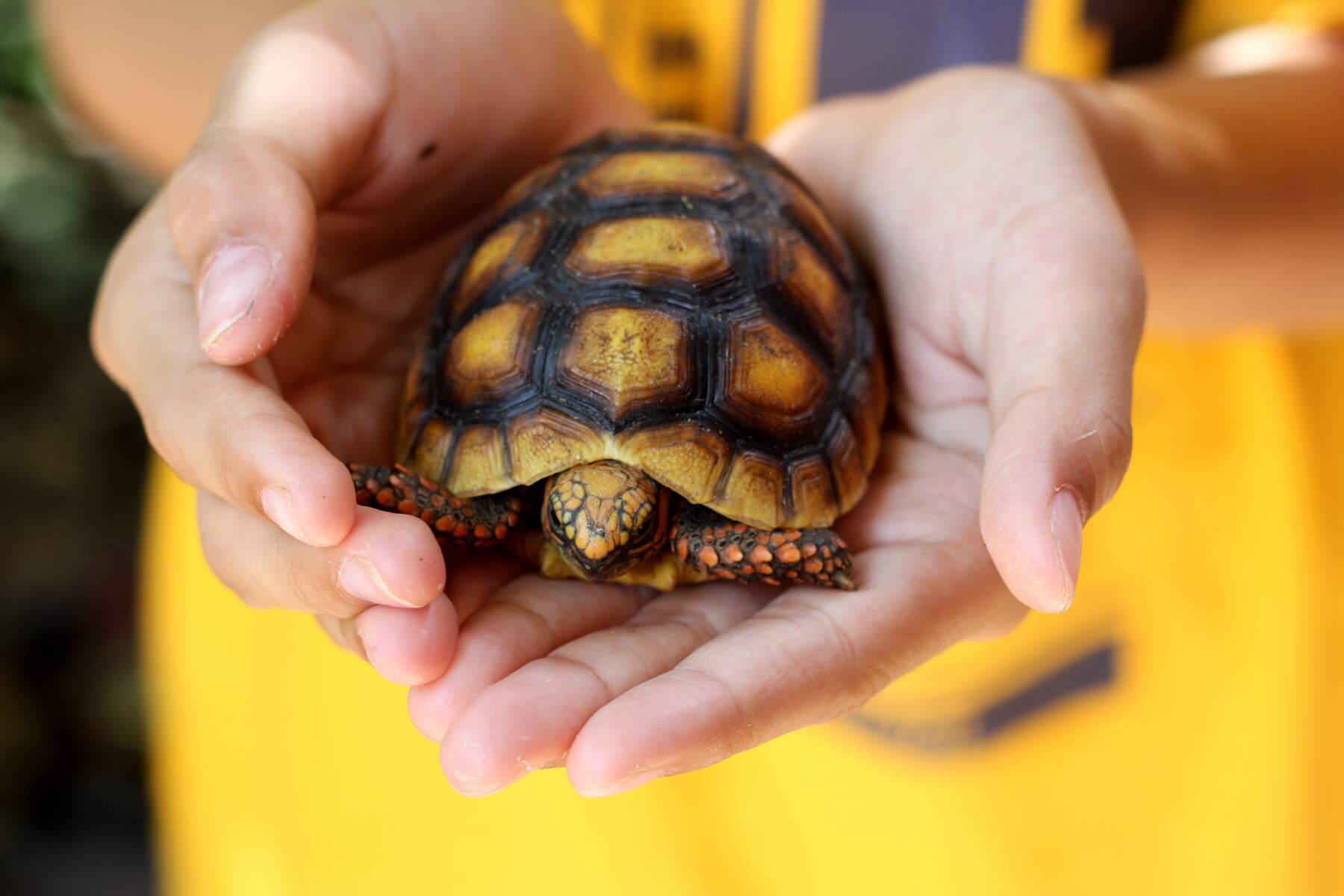Red Footed Tortoise

Lifelong Friends From The Rainforest
The gentle Red Footed Tortoise is a tropical species and one of the most popular pet turtle breeds in the US. They make wonderful companions and are easy to care for due to their resiliency. They live a very long time in captivity (50-90 years!), so be prepared for a lifelong commitment if you are considering them as a pet. For those ready for the journey, you’ll have a new friend for life.
Native Habitat
Red Footed Tortoises originate from the rainforests of southern Central America and South America. If they aren’t hiding under fallen trees or piles of leaves and sticks from predators and harsh weather, you will usually find them alone looking for food. They are particularly fond of hanging around fruit trees in the rainforest where they can eat fallen fruit off the forest floor.
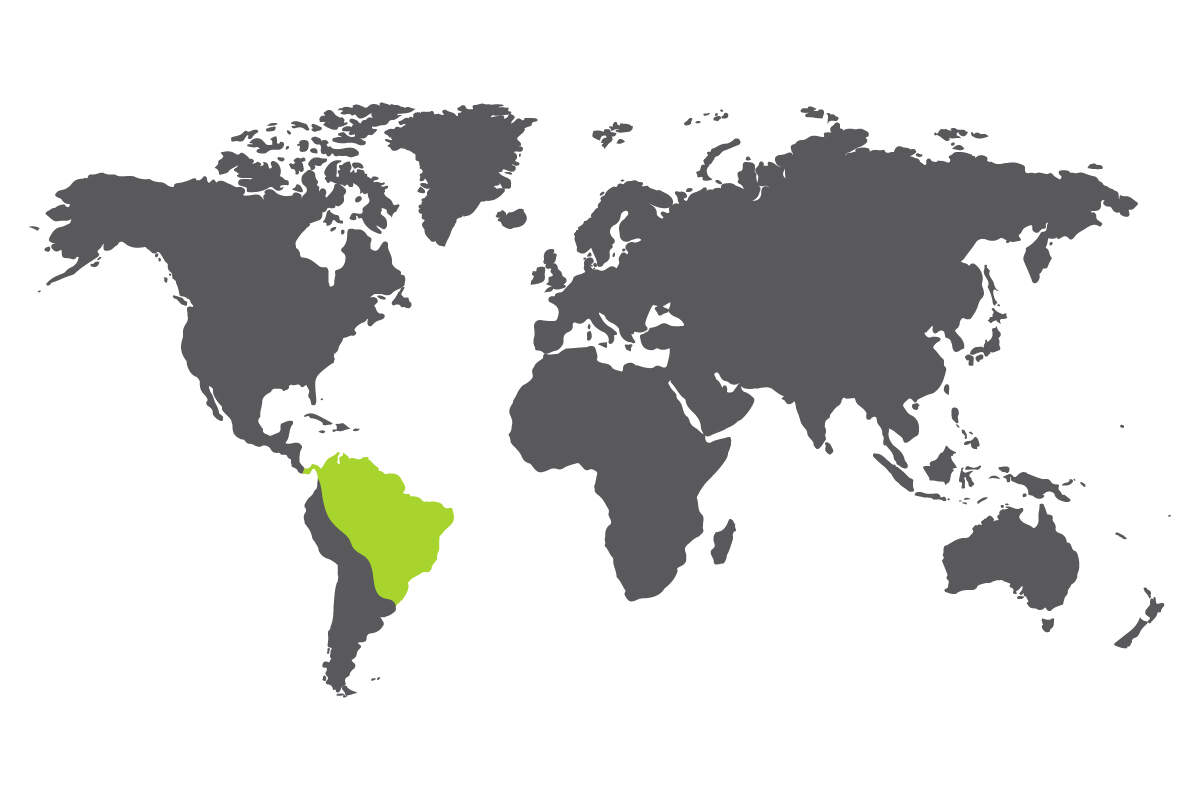
Recommended Housing And Accessories
Red Footed Tortoises require escape-proof housing! As babies, they can start out in a Zilla® 20L Front Opening Terrarium, but as they grow and develop, they will require larger accommodations. For adults, a customized habitat at a minimum of 3 feet by 6 feet is recommended.
Use substrates such as Zilla® Jungle Mix, Zilla® Bark Blend, and Zilla® Coconut Husk Brick to help maintain humidity. Provide babies with a large Zilla® Terraced Dish, and provide adults with large bowl or pan to drink.
Spot clean the enclosure for urates, feces, or uneaten food at least twice per week, and every 2 months, remove all substrate and clean and disinfect the tank and décor.
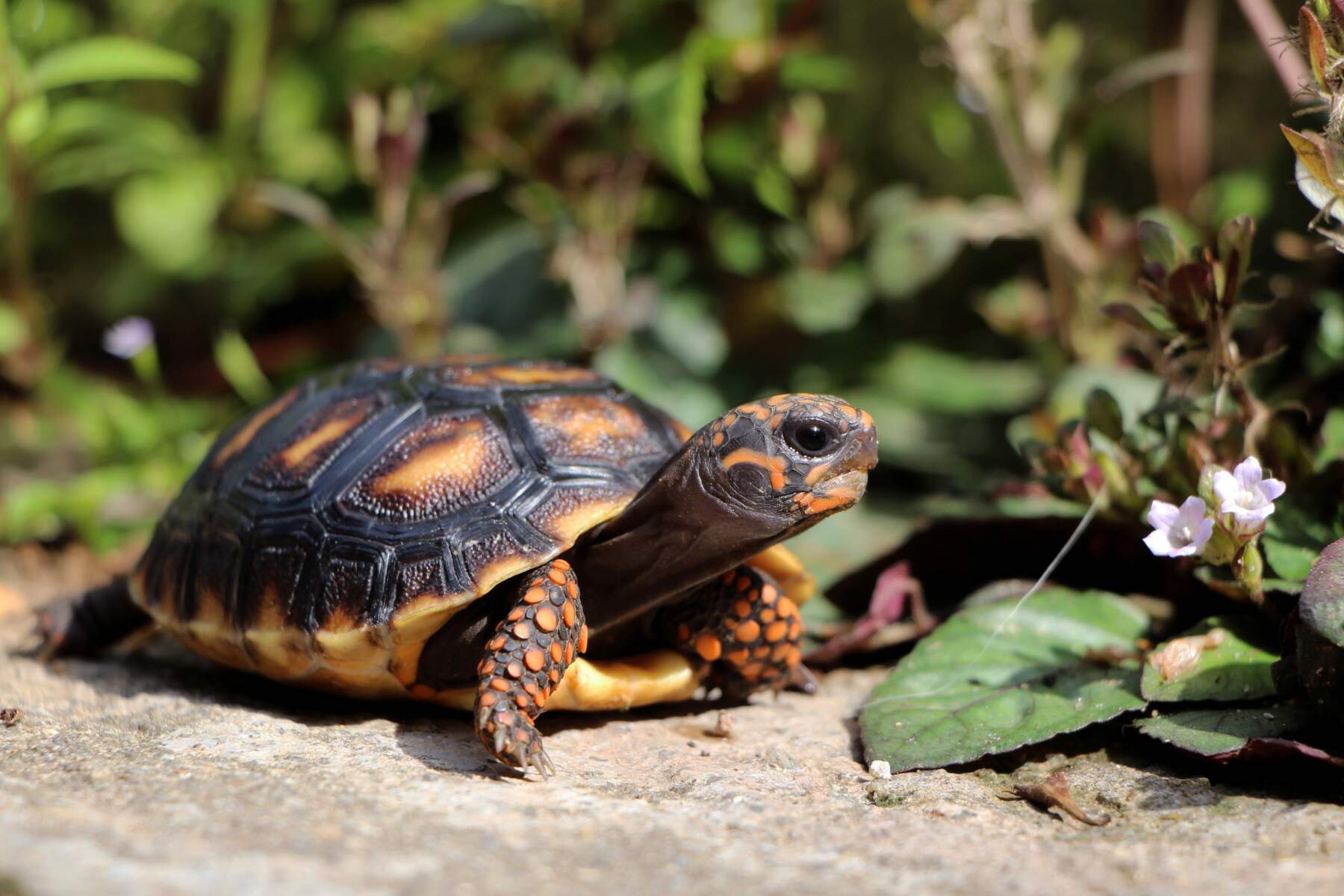
Temperature and Lighting
Healthy habitats for Red Footed Tortoises require a thermal gradient – a warm side and a cool side. Ideal temperatures range from 78-82°F on the cool side and 80-85°F on the warm side. Provide a basking area on the warm side around 90°F.
Red Footed Tortoises also require UVB lighting to thrive and stay healthy. For baby Red Footed Tortoises, use a Zilla® Heat & UVB Fixture with a Zilla® 50W Mini Halogen bulb and a Zilla® Pro Series Tropical 25 UVB/ UVA bulb. For larger adult enclosures, use Zilla® Pro Sol Fixtures with recommended bulbs for tropical enclosures. Make sure to provide night heat when needed. Do not supply your tortoise with heat from beneath by using a heat mat.
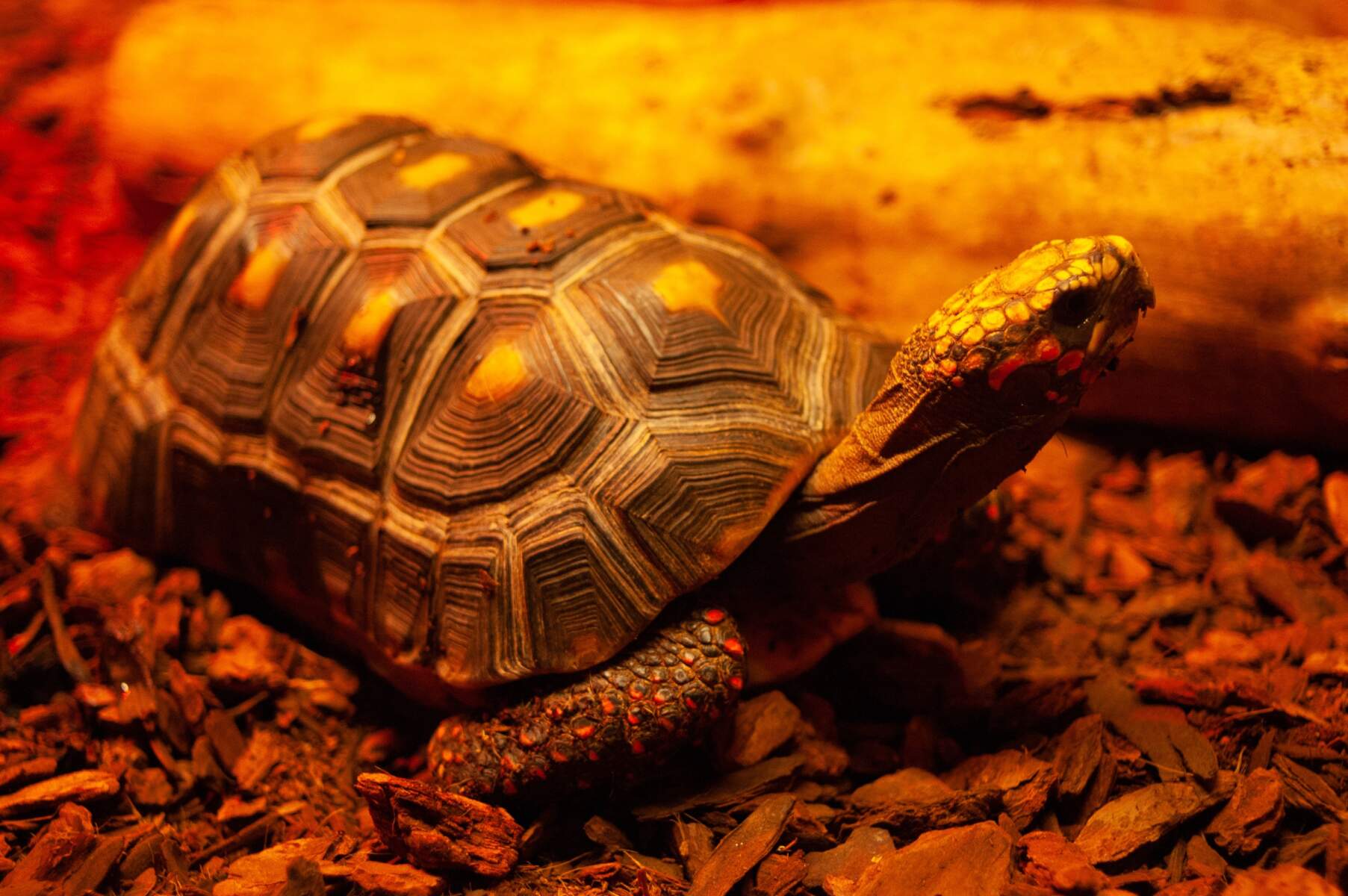
Feeding and Diet
Red Footed Tortoises are omnivores but mostly eat a variety of leafy greens, vegetables, and fruits. Feed fresh fruit only as a treat. They can also be offered Zilla® Munchies Vegetable Mix and other fresh veggies. When feeding, spray the veggies with Zilla® Calcium Supplement and Zilla® Vitamin Supplement 1-2 times weekly for additional calcium and vitamin D3, along with other essential nutrients.
Check the Zilla® Feeding Guide for a list of appropriate food options.
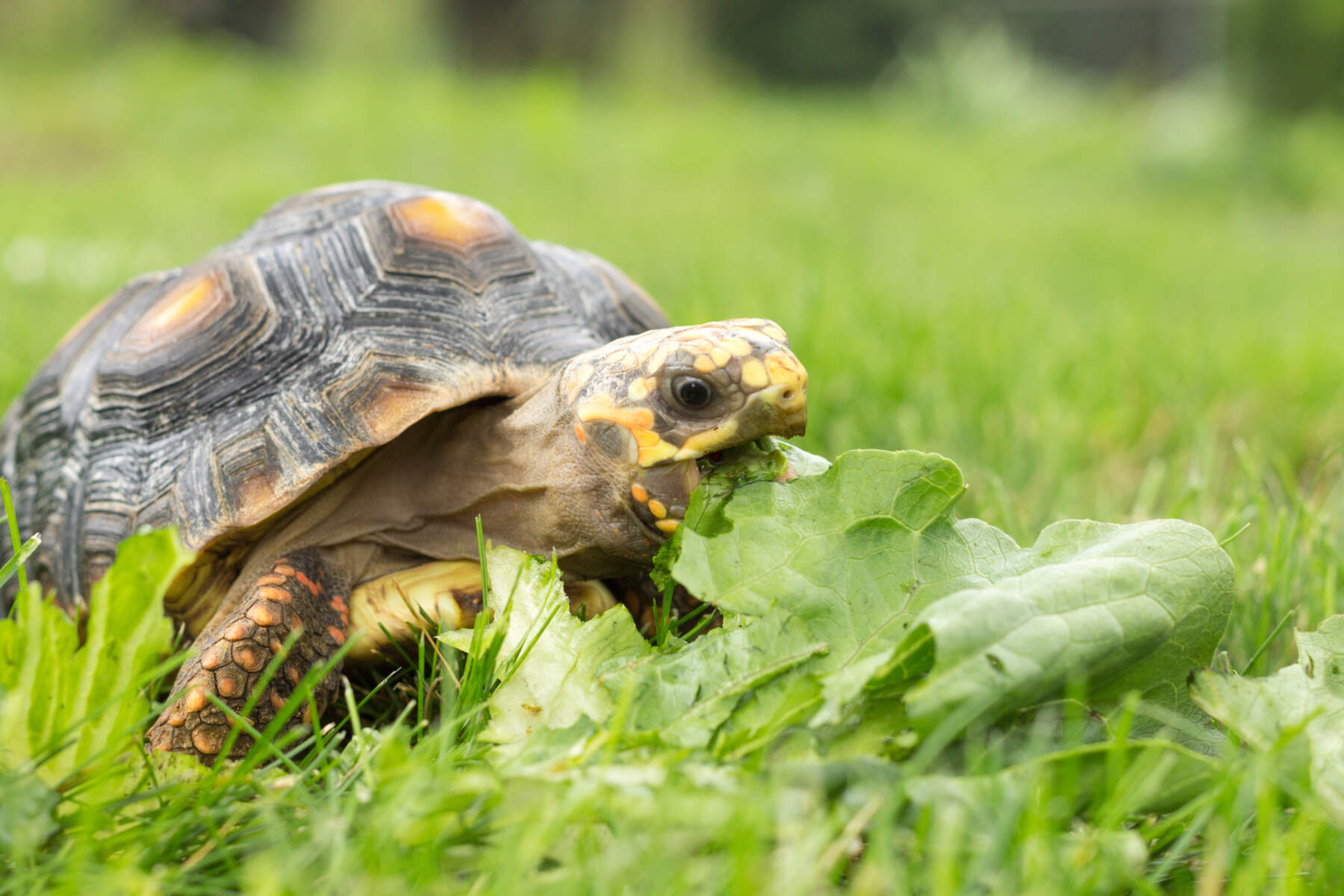
![]()
Handling
Remember that to baby tortoises, you’re a giant predator. Approach them slowly and pick them up from below when possible. Don’t hold them in the air for long as this is unusual and stressful for them. Handle your Red Footed Tortoise gently and deliberately. Red Footed Tortoises quickly get used to their owners and become quite docile and wonderful, lifelong pets to keep.
